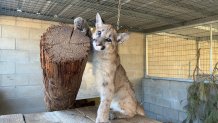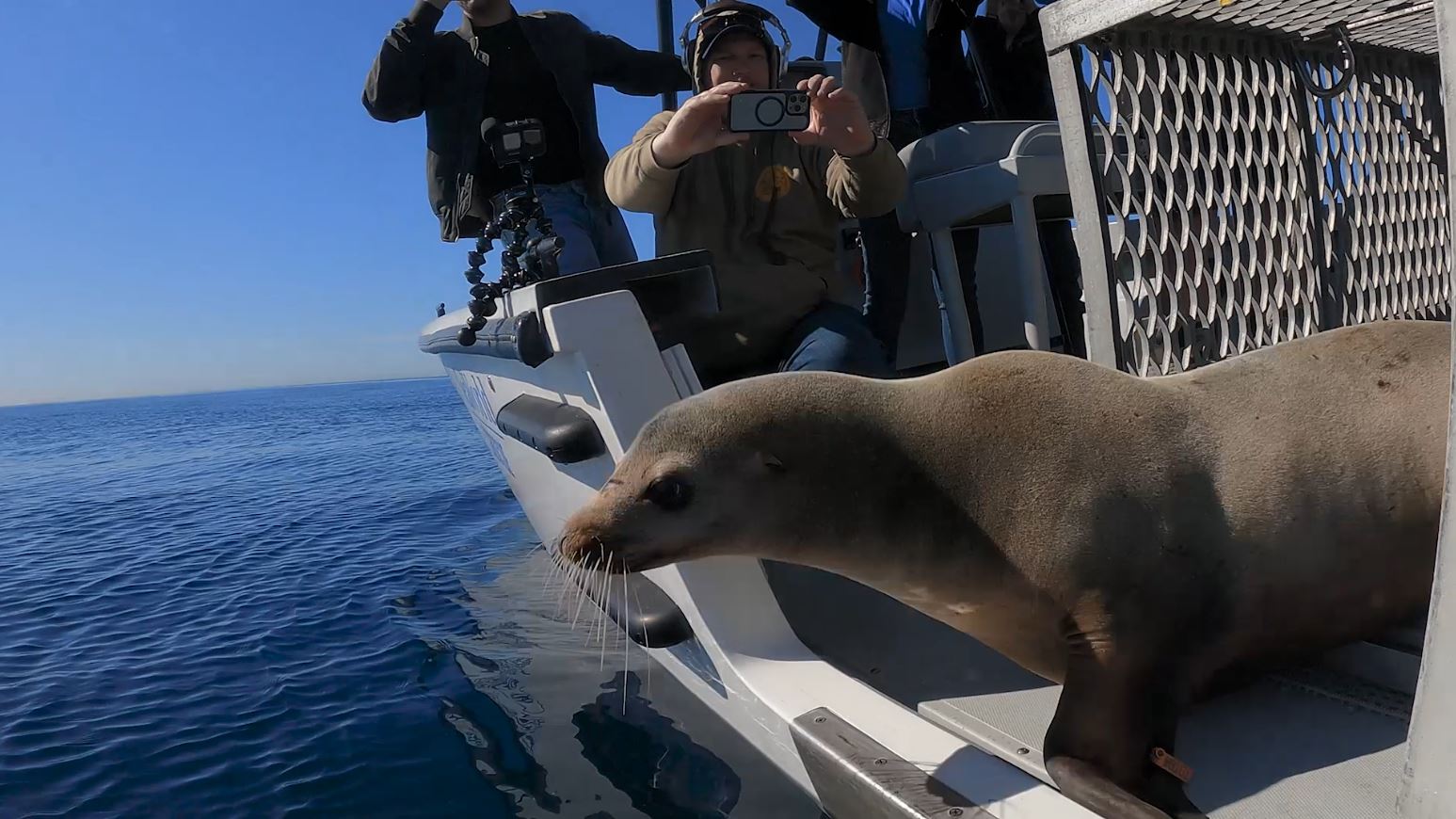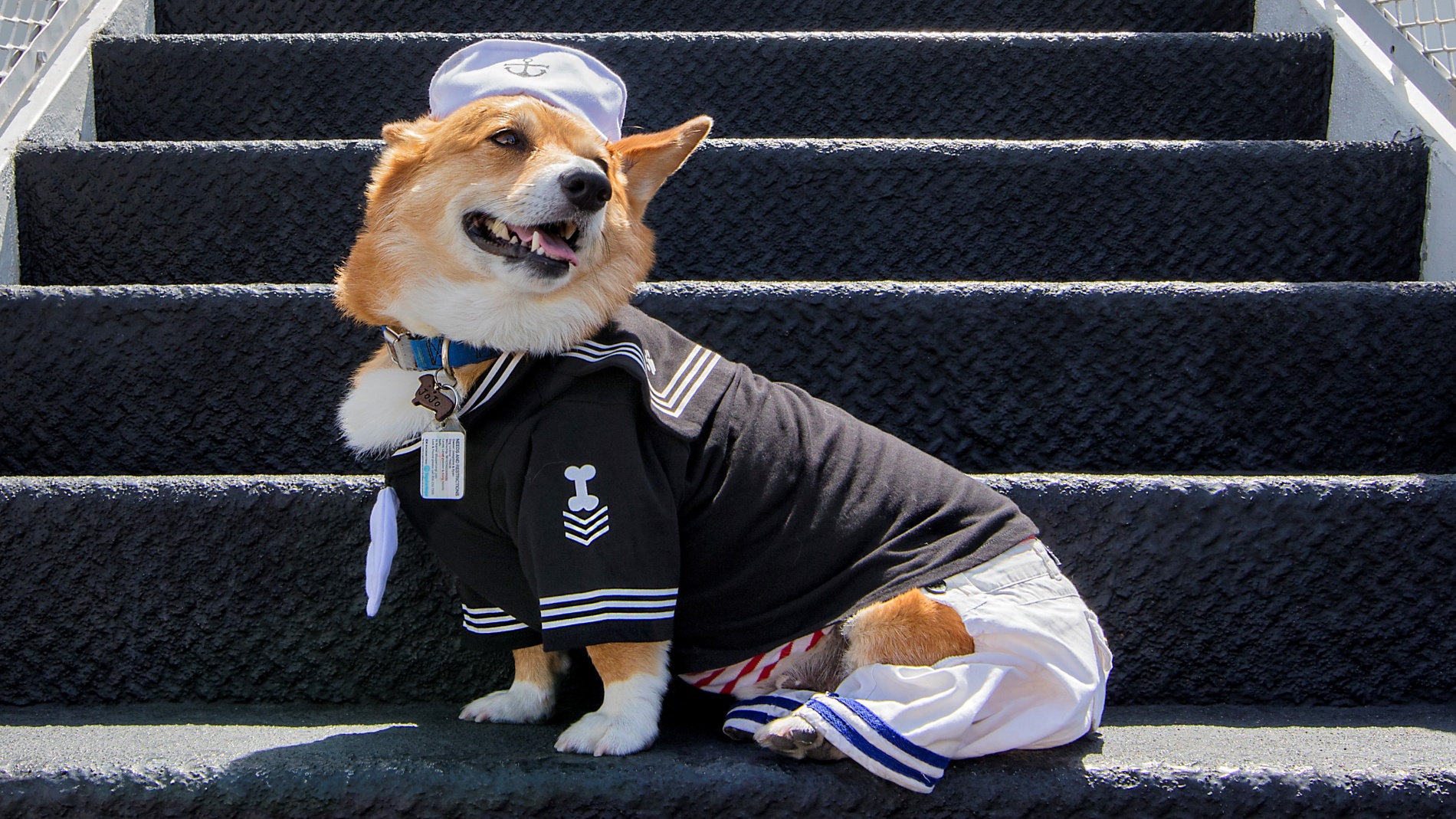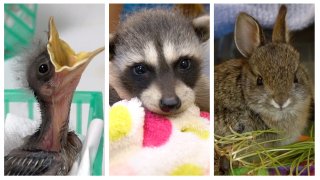
Spring is in full swing across San Diego County. People are flocking to Carlsbad’s famous Flower Fields, occasional showers have dampened the region every so often and a flurry of wildlife have recently given birth.
With more baby wildlife in the county right now, the San Diego Humane Society (SDHS) is reminding the public to mind their manners when it comes to their furry, feathery and scaly neighbors.
“Because of our weather and diverse habitat, there’s baby wildlife all over the place,” said Kate Jarvis, a Wildlife Outreach Specialist for SDHS.
Amazing Animals
Get San Diego local news, weather forecasts, sports and lifestyle stories to your inbox. Sign up for NBC San Diego newsletters.
First and foremost, leave them alone
It can’t be stressed enough that the most important thing San Diegans can do to protect local wildlife, especially when they are juveniles, is to simply leave them alone.
“We’re seen as predators by every wild animal in San Diego,” Jarvis said. “If we’re approaching them or trying to touch them or handle them, that is incredibly stressful for the babies and parents that are nearby.”
She added that a simple human touch could have a devastating impact on young animals.
“It’s incredibly important we give them a lot of space because for some animals, they might abandon their nest or young if a human approached them,” Jarvis explained. “It’s very important people leave the animals for their safety, as well as our own.”
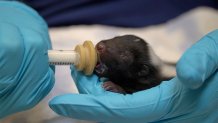
Young wildlife aren’t always necessarily always on their own, even if it may seem that way to our human eyes. Oftentimes, adult wild animals will find a safe spot for their young and leave them alone so they can be safe while the parents move around in search of food or to keep their eyes out for predators. When they feel it is safe, the mother or father animal will return to their young to feed them or stay nearby to keep an eye on them.
Meanwhile, the offspring are given time and space to hone their natural abilities.
"When they’re growing up, they might seem helpless and you might not be able to bear watching them struggle, but it’s incredibly important they learn from their parents," Jarvis said. "It's also so important for them to learn what it means to be whatever animal they're meant to be."
How to recognize if young animals need help
Anyone who is concerned about a baby wild animal in their area can do several things to determine if it needs help. According to Jarvis, people should:
- Keep their distance and pets away
- Observe the animal(s) at least for a full day
- Look out for any signs of injuries and/or blood
- Check surrounding areas to see if its parent may be dead
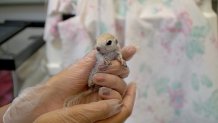
The wildlife expert also offered tips on how to determine if a cottontail bunny or songbird chick needs help from humans. Before immediately rushing to their rescue, it’s important to pause and observe them to ensure they need the intervention.
"Mother cottontails will only come to visit their babies about 20 minutes a day to feed them quickly and scamper off," Jarvis explained. "She would only attract predators if she moves near her babies. She does not want to be found or have predators find her nest."
It's understandable for people to be concerned if they found a handful of bunnies alone in their den, especially since they are alone for so long. To ensure they have not been abandoned, people can sprinkle a bit of flour or put sticks together in an 'X' shape near the bunnies' den. If pawprints are visible on the flour or if the sticks seem to have been shuffled, that means the mother rabbit is returning to her babies.
People often call the Humane Society with concerns about songbird chicks because they are often found struggling on the floor. Unlike many other species, these type of birds learn to fly from the ground up.
"If it's hopping around, it’s practicing and learning to use those wings," Jarvis said. "Leave that baby alone and keep pets away."
What to do if baby wildlife needs intervention
Those who have observed nearby wildlife long enough to determine the animal is in distress can do the following things to help save its life:
- Wear gloves and other protective equipment to gently pick up the animal (remember -- they may be carrying diseases so this is especially important)
- Keep them in a warm, dark and quiet space. A container that is a comfortable size for the animal is best
- Place the animal in an area that is far from the rest of the household, including pets. It's in the animals' best interest to see people as less as possible
- Safely transport the animal to the San Diego Humane Society
- Those who are unable to take the animal to SDHS can call the agency's Humane Law Enforcement Team at (619) 299-7012 ext. 1 so an officer could potentially go pick it up
"This is very much a shared space; this is their city too," Jarvis said. "It’s important to learn to coexist with them and enjoy the benefits they provide. Each of these animals has a very important job and it’s a matter of learning about them and learning how to peacefully coexist with them."
To learn more about San Diego County's local wildlife, and how to coexist with them, click here.
